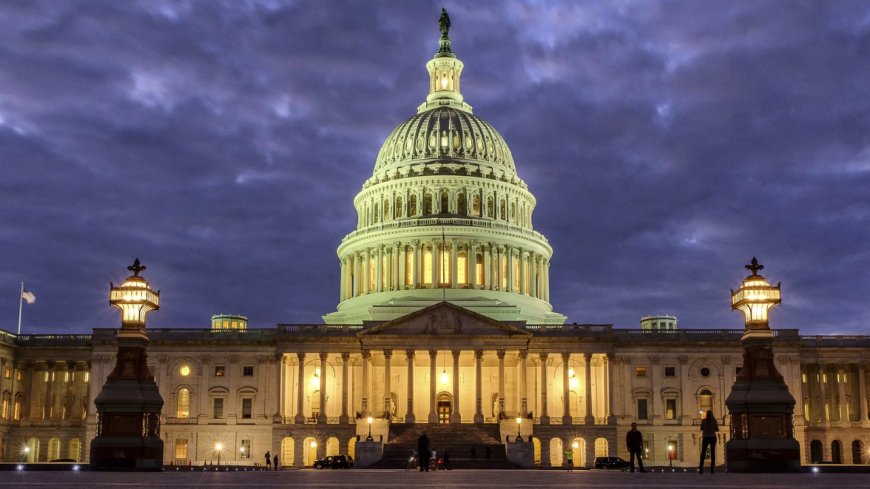Beyond Joe Biden and Donald Trump: How gerontocracy is weakening US democracy
The Democratic Party faces a crisis as its reliance on aging lawmakers and a rigid seniority system hinders fresh talent and weakens opposition to Republican policies. Recent deaths of key Democratic members have led to policy defeats, highlighting the need for generational change. The party's leadership culture is out of step with the urgency of the times, sidelining younger voices and risking future policy disasters.

Beyond Joe Biden and Donald Trump: How Gerontocracy is Weakening US Democracy
Breaking News, Daily Updates & Exclusive Stories - theoddnaari
By Anjali Desai, Priya Sharma, and Neha Kulkarni, team theoddnaari
A Struggling Democratic Party
The Democratic Party is currently facing a significant crisis. The increasing reliance on aging lawmakers and a rigid seniority system is stifling fresh talent and weakening the party’s opposition against Republican policies. Recent events, including the untimely deaths of key Democratic members, have underscored the crucial need for a generational change within the party.
Impact of Aging Leadership
The current leadership structure of the Democratic Party appears to be out of touch with the urgent needs of contemporary America. Older members dominate congressional committees and decision-making processes, often sidelining younger voices that could benefit the party. This gerontocracy not only affects the image of the party but can lead to disastrous policy outcomes in the long run. With a significant portion of the electorate being younger citizens, the inability to engage effectively with their concerns is detrimental to the party's future.
Recent Tragedies and Policy Defeats
The unfortunate deaths of influential Democratic leaders have catalyzed a series of policy defeats, further highlighting the urgency of addressing generational changes within the party. A lack of diversity in ages creates a stagnant environment where innovative ideas and solutions struggle to flourish. The continuous reliance on an aging group for leadership poses challenges, as their priorities may differ drastically from those of younger constituents.
Need for a Cultural Shift
The Democratic Party's leadership culture needs a massive overhaul to embrace change and inclusivity. With evident disconnects between the current leaders and the younger electorate, there lies a risk of alienating potential supporters. The emphasis should shift from seniority-based leadership to one that encourages fresh perspectives. This change will not only invigorate the party's agenda but may also promote better alignment with voter sentiments.
Looking Ahead
In order to revive its standing and effectiveness, the Democratic Party must prioritize attracting new, young leaders. This can be achieved through mentorship programs and more inclusive decision-making structures that provide opportunities for younger representatives to voice their initiatives. As the party navigates this tumultuous time, the ability to adapt will ultimately determine its electoral success and policy influence moving forward.
Conclusion
In a rapidly changing political landscape, the Democratic Party cannot afford to cling to an outdated leadership framework. By promoting a generational shift and bringing in fresh perspectives, the party can strengthen its base and enhance its opposition against Republican policies. Failure to adapt might result in a perilous decline, making it imperative for the party to step away from gerontocracy.







